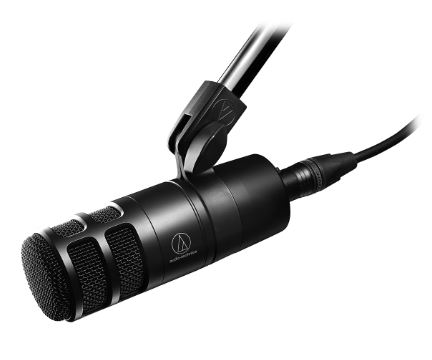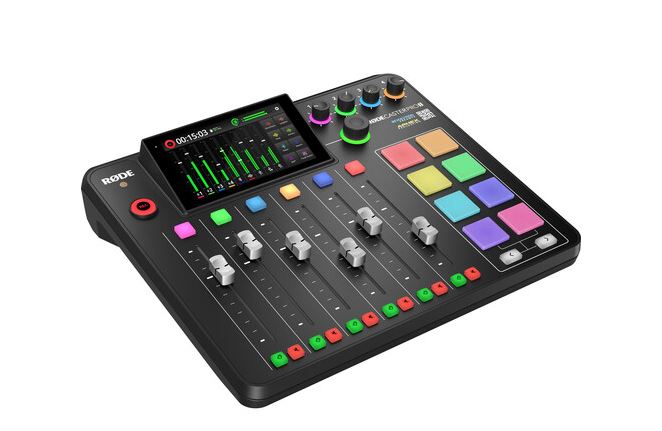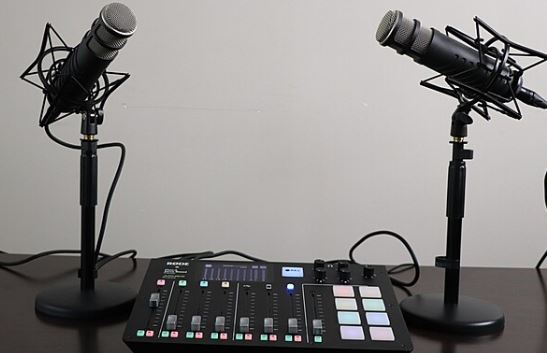If you are thinking about starting a podcast, it’s a good idea to know what you may need before you get it started. You may not need everything on this list, but allow me to help you along the way as you research some of the factors involved.
You can dive all in and spend lots of money, or you can start small and piece it together as you go. Once you are comfortable, you can increase your toys.
Microphone
This is the probably the most important piece of podcast equipment for you to invest in to start with. And even then, it’s a small investment. Having quality audio is the staple to any podcast. Don’t put your podcast career in the hands of ipods or a cheap headset that you use on Zoom calls. I promise you, it’s not the same.
There are two types of mics to consider. A USB mic or an XLR mic. If you are doing a solo show and maybe only having guests online, then a USB mic would get the job done. If you intention is to meet in person or you plan to have a co-host, then I would suggest going the XLR route. This will allow you to provide a microphone for each speaker.
Blue Yeti is a popular USB option. It is plug and play in most any computer. No additional gear is required.
For XLR options, there are a lot of options. The Shure SM7B is among the most popular. I chose to go with the Audio Technica-2040. I really like the durability and the look and feel.

Audio Interface
If you decide to go the XLR route, you will need to also have an audio interface. This is basically the go-between for the mics and the computer. Focusrite makes a few great options, and you can decide how many mics you would to connect. Just Two? Or do you need four, or maybe 8?
This is the Focusrite scarlett 2i2. A solid piece of equipment.
When you are ready to go bigtime, you can make the move to the Rodecaster Pro 2. This this thing is a beast, with a lot of option. It is currently what I use, and I am still learning. There are combo kits available if you look, but this is the basic model here

Headphones
These seems like a clear choice for podcasting equipment that you need. If you record online, or have ever joined an online meeting, you may already have a set. For recording purposes, what you may be fine. But if you plan to edit your own podcast, and I suggest that you do, then I would make sure that you have a decent headset.
These Audio-Technica (ATH-m50X) are a great set, but priced at about $150, this is where you don’t need to go crazy and could be an area where you can shave some cost off that budget.
Computer
If you are reading this, you probably already have a laptop or a desktop machine that you plan to use. While there are options to record without a computer of some kind, I just don’t see a scenario where running a podcast without one makes sense.
You shouldn’t need anything too crazy as far as computers go. I’m kind of a snob when it comes to PC’s, and consider it the base of my entire operation. If grab something reliable that is all you need. Happy to discuss more in detail if you are not sure where to start.
Check out the Mogo Media family of podcasts for more entertainment
Recording Software
Also know as a Digital Audio Workstation, of DAW. This is what you will use to edit your podcast and in some case, you can record in it also. This is another area where you can save money. A great free resource is Audacity. Its free and it works on both Windows and Mac.
If you wanted to go bigger, you could look into Adobe Audition or Reaper. I use Audacity and it works great. Whatever program that you choose, there will be a learning curve to know what the important features are and what they can do.
Hosting Service
Ok, so now that you have recorded your first episode, how do you get it out to the world to see? You will now need a hosting service. On the surface, most look like they do the same thing. Upload your file to them, they turn it into an RSS feed and push it put to Apple, or Spotify, ect
Because podcasting has become so popular, there is a competitive marker out there to earn your business. Some examples are Buzzsprout, Captivate, or Libsyn. I chose to go with Captivate. I liked their features and they also include a website with their plan.
Spotify have a free option, but just remember there, you get what you pay for, and would then need to upload your show manually each time.
If you want to take a look at Captivate.fm, Yes I do get credit for a referral, so feel free to use my link

Extra
Those are the basics, but I wouldn’t stop there. Some other things to consider:
Website – Good to have a homebase so people can find you
Mic stands or boom arm – The mic has to sit on something right?
Pop filter – Some mics have this built in, so this could be optional
The last thing I would say is to be sure to treat your room the best you can. A room with a carpet. Acoustic panels are cheap and easy to put up as a temporary solution. The less flat surfaces the better. You would rather not have your audio bouncing off a wall and coming back to you and causing an echo sound, or reverb.
With this equipment, you’ll be well-equipped to start your podcasting journey. Whichever direction you decide to go, practice when you can. Trial and error are your friends, and most importantly, have fun and enjoy yourself.
If you have any questions about specific products or need further advice, feel free to ask!